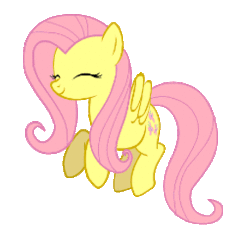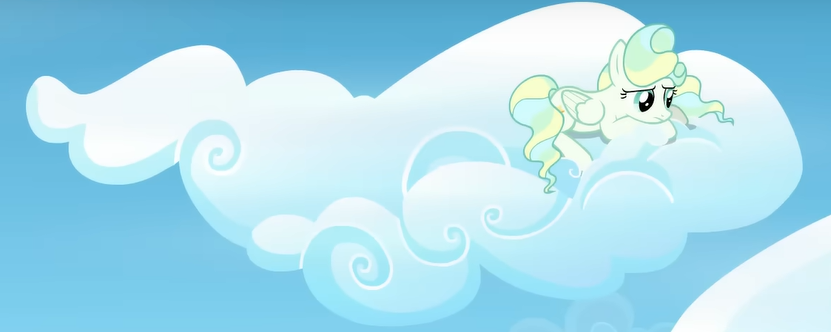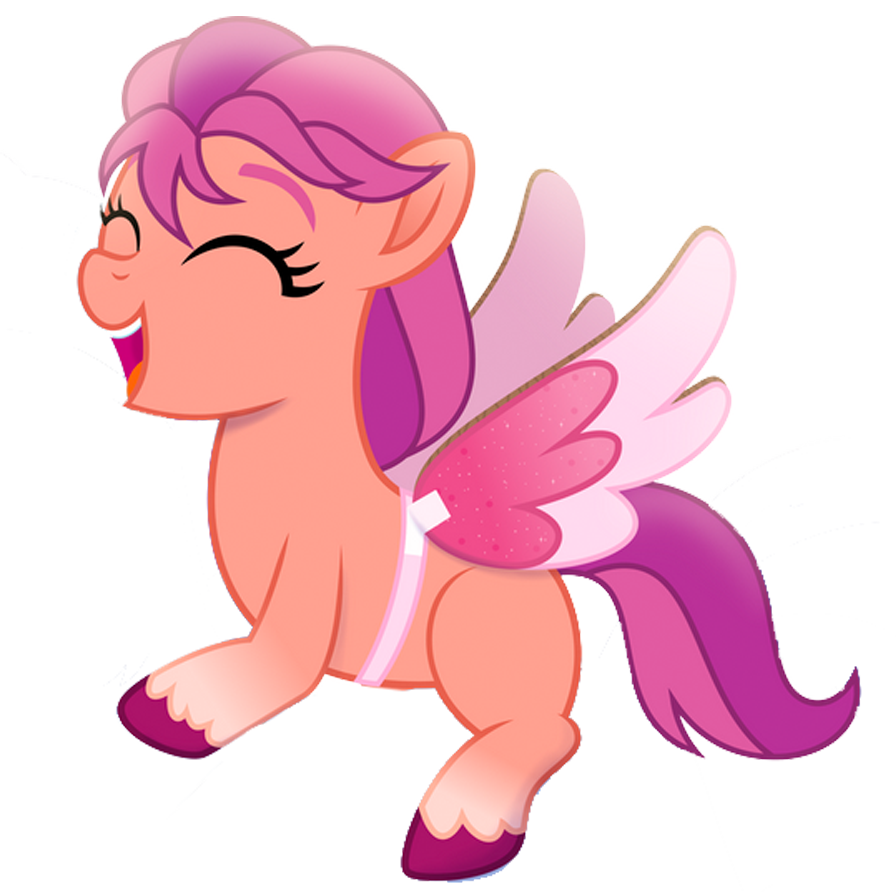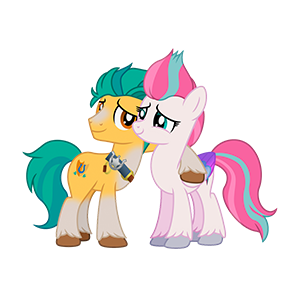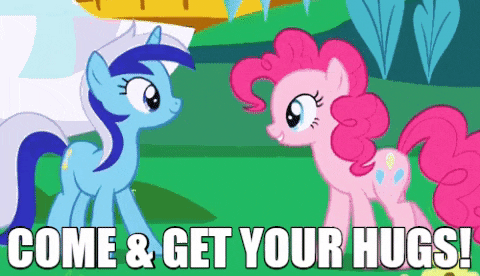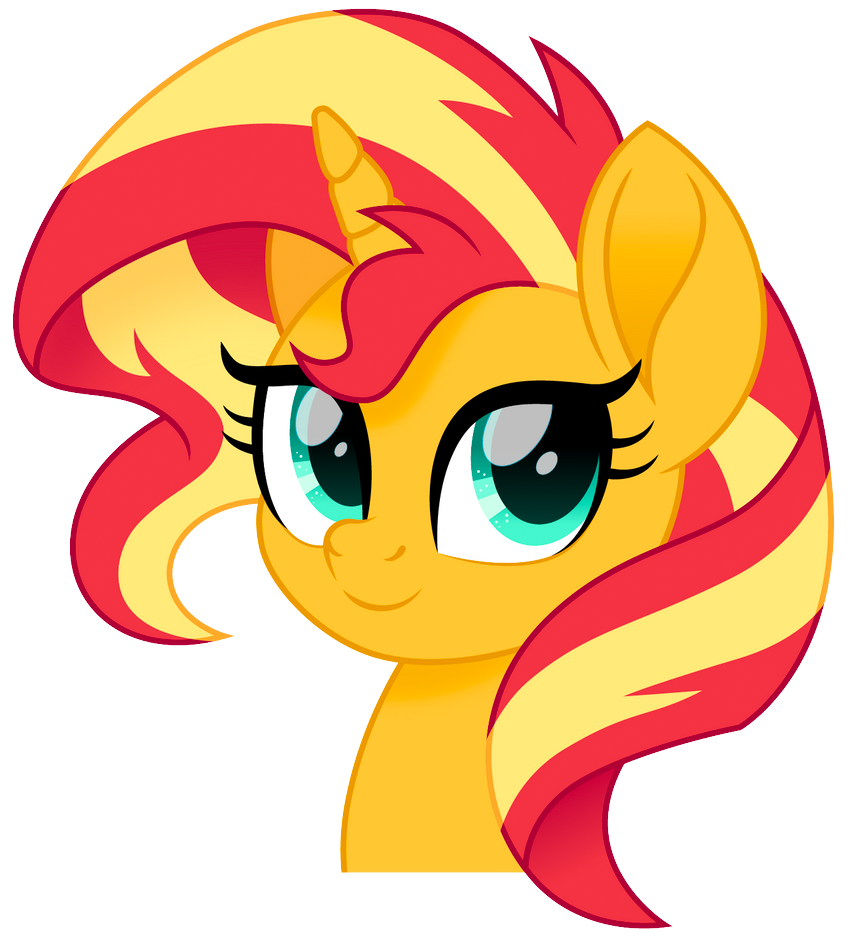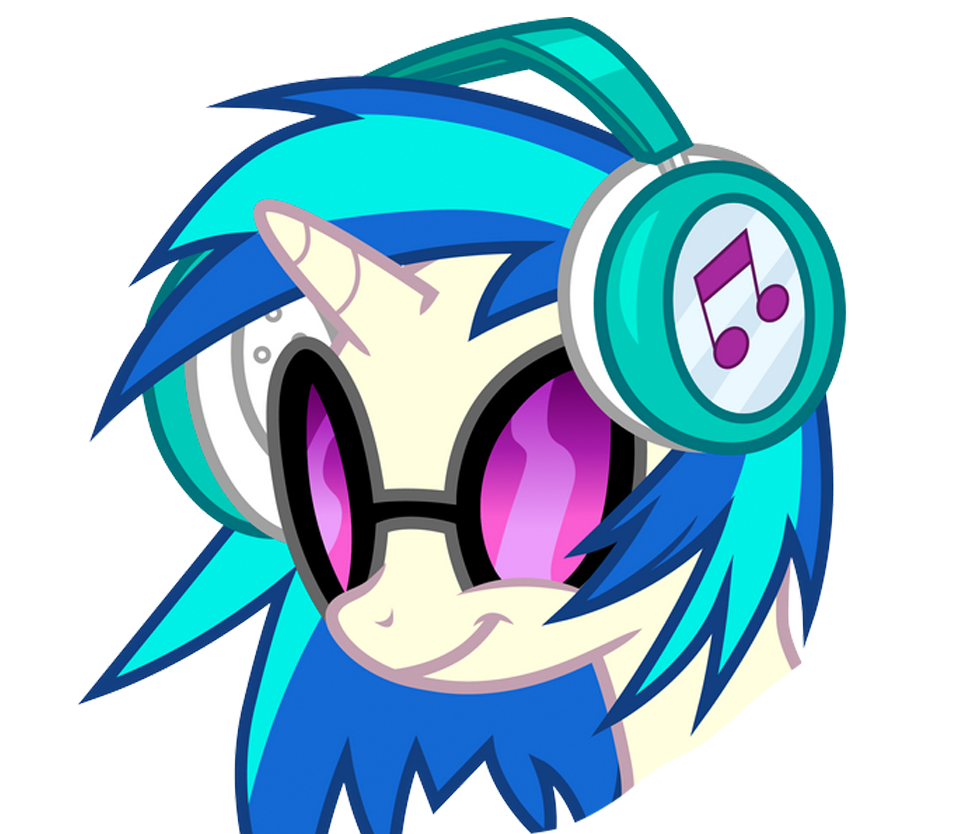Banner by @Treeglow Flicker
MLP Forums Banner Contest - 2025
Hello everyone, welcome to the 2025 MLP Forums Banner Contest!
Site banner submissions have been open for some time but it's been very stagnant. To help stir up activity, we're holding a contest specifically for banners!
Theme
The theme for this contest is Seasons! In preparation for 2026, we are looking for pony-themed site banners to use for the whole year.
There will be a total of 4 winning submissions for each season which will be used accordingly as the main banner for the (rough) length of a season.
Winners will be credited accordingly and all participants may also earn a badge.
Rules
Your banner(s) must be related to any of the four seasons: Winter, Spring, Summer, and Fall/Autumn
You are allowed to submit as many banners as you'd like
Banners must preferably be sized 225 x 1000 pixels (H x W)
Please note that your best submission for each season will be the only one considered for the final round of voting for this contest
Preferably, if you intend on sending multiple submissions, you can submit them all at once in the same submission rather than separately
Please try to organize and group your submissions as best as possible if you want to send them all at once. This isn't a must but helps a lot!
Your banner(s) must be related to My Little Pony in some way
Any generation of MLP is allowed
Your banner(s) must feature MLP Forums somewhere
It can be written/drawn out or use the official logo text (provided in the spoiler box below)
Example: "MLP Forums" or "MLPForums.com" would be acceptable
You are allowed to collage (combine/stitch together) vector art to create your banner
Still frames from official media may also be used
OC's and official characters may be used
Parodies are also okay too as long as the main theme is followed
Your banner(s) must follow the site rules; please keep it appropriate!!!
Official MLP Forums logo text:
DO NOT SUBMIT:
A banner that is unrelated to the given theme
Please see the bottom of this post where to submit these banners
An old banner, especially one that you did not make
Anything that is considered inappropriate for these forums (refer to the site rules)
Anything that is completely unrelated to My Little Pony
This includes random SFW images and memes
Anything that is considered a troll submission
Specifically: blatantly low effort, or maliciously spamming submissions for the sole purpose of making it difficult to sort through
Not following any of these rules will result in varying consequences depending on the situation. This can range from your submission being disqualified from this event to your account being banned from the site.
Deadline
Submissions for this contest will be open from August 5th, 2025 - September 5th, 2025.
Judging
MLPF staff will pick the best submission from each participant for each season as soon as possible.
Afterwards, all of the handpicked best submissions will be voted on by the community and the winners will be announced afterwards.
There will, at most, be four winners by the end of it. One for each season!
The winning submissions will have their banners used accordingly as the default site banner throughout 2026.
All participants may receive a badge for participating.
Submitting a Banner
To submit your banners for this contest, please go to the bottom of this page, select: Contest Banner Submissions -> 2025
We encourage submitting your banners in one submission rather than multiple to streamline the judging process.
If there are any more questions, comments or concerns, please feel free to ask below or directly to either @Dynamo Pad or @Espy.
Please note that we are always looking for new banners made by members of this community! Banners can always be submitted even when there is no banner contest running at this link, which also has general information regarding banners (if you submit one that is not for a contest, make sure you select Regular Banner Submissions -> 2025 (or whatever the current year is): https://mlpforums.com/event-team/banner-submissions/?do=form&d=22
